Affiliate links on Android Authority may earn us a commission. Learn more.
What is iPadOS? Everything you need to know about Apple's iPad operating system
December 21, 2021
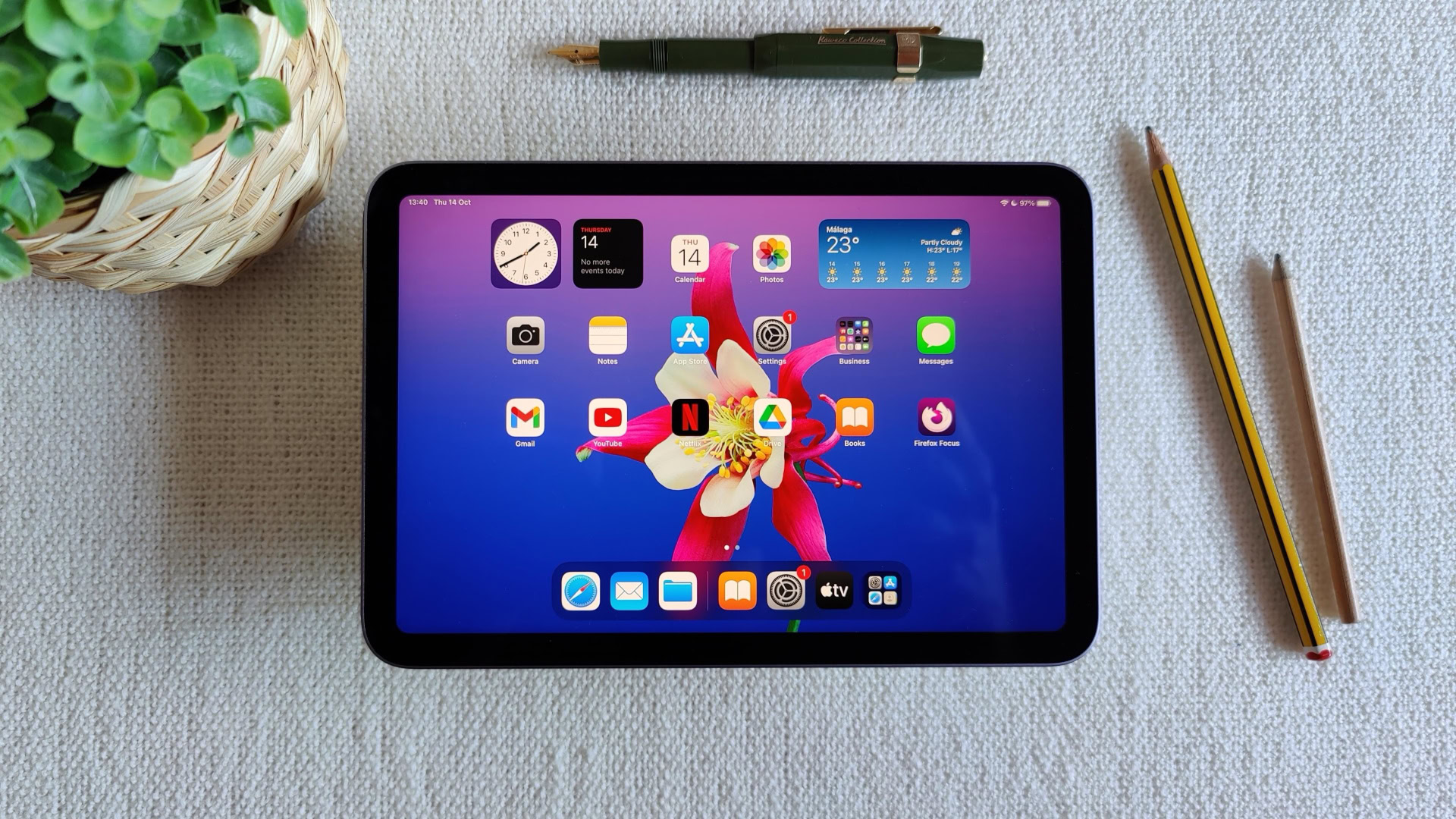
The Apple iPad has come a long way from its humble beginnings. Standing as the crowned king of tablets today, it has seen many changes over the years. However, for a long time, it was limited by iOS — a mobile operating system that struggled to keep up with the computing prowess of the iPad as years passed. Enter its replacement, iPadOS.
Apple introduced iPadOS as a fork of iOS for iPads, back in 2019. All iPads since then run on iPadOS, instead of iOS. But what exactly is iPadOS, and how does it differ from iOS?
Also read: Your guide to the best tablets
What is iPadOS?
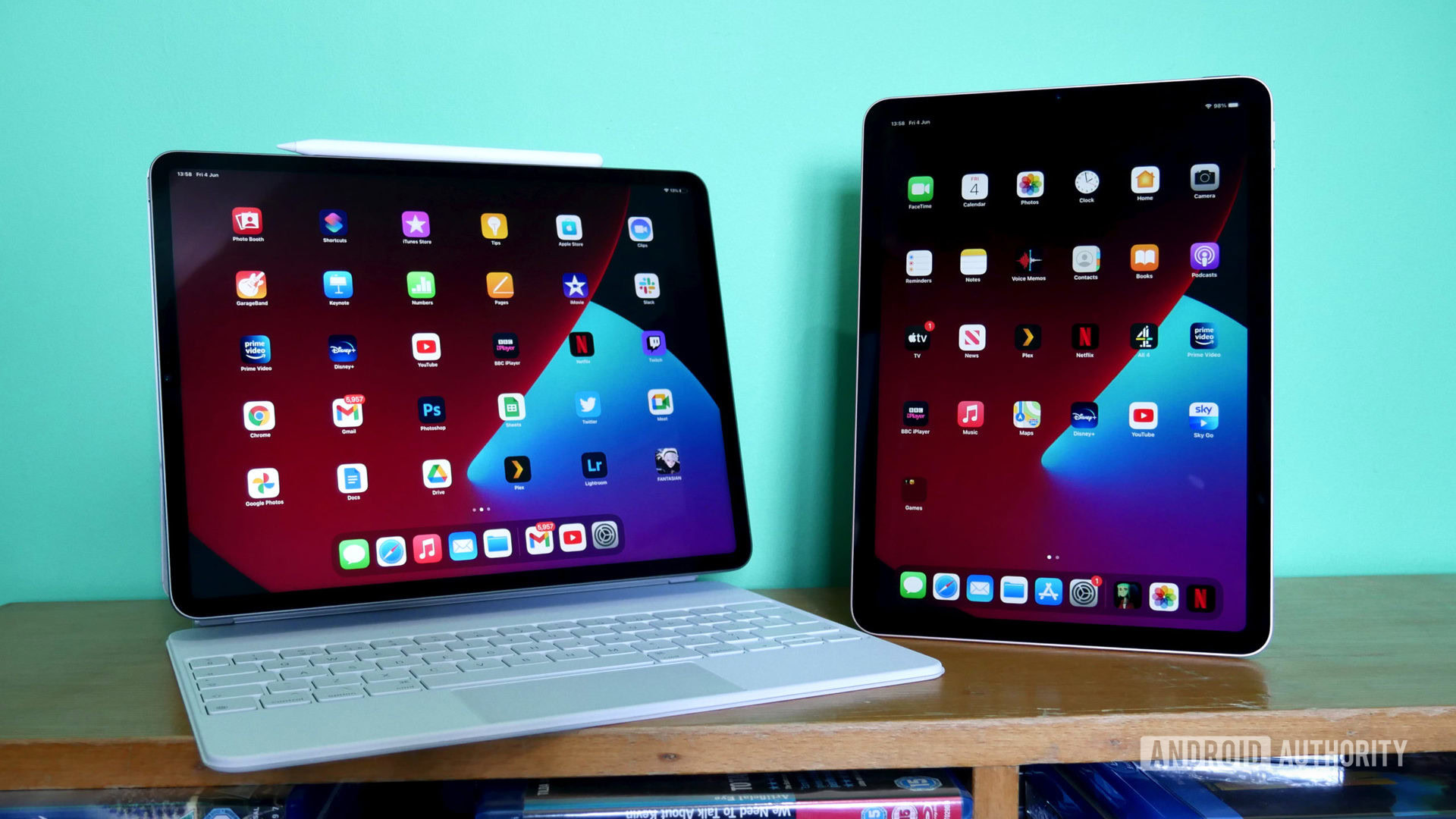
iPadOS is the operating system Apple made for modern iPads, with a focus on multitasking. Apple introduced the first version of this OS, iPadOS 13, alongside iOS 13 in 2019. Prior to that, iPads ran on iOS, except iPads had features added every year that differed from what was available on iOS on the iPhone.
These iPad-specific features in iOS included picture-in-picture, multitasking, drag and drop, and a more accommodating dock. These differences led to the operating system becoming a different branch, that’s now iPadOS. iPadOS is based on iOS but takes a few design and functionality cues from macOS.
Relevant: Apple’s iPadOS 15 is a wake-up call for Android tablet makers
iPadOS features — iPadOS vs iOS
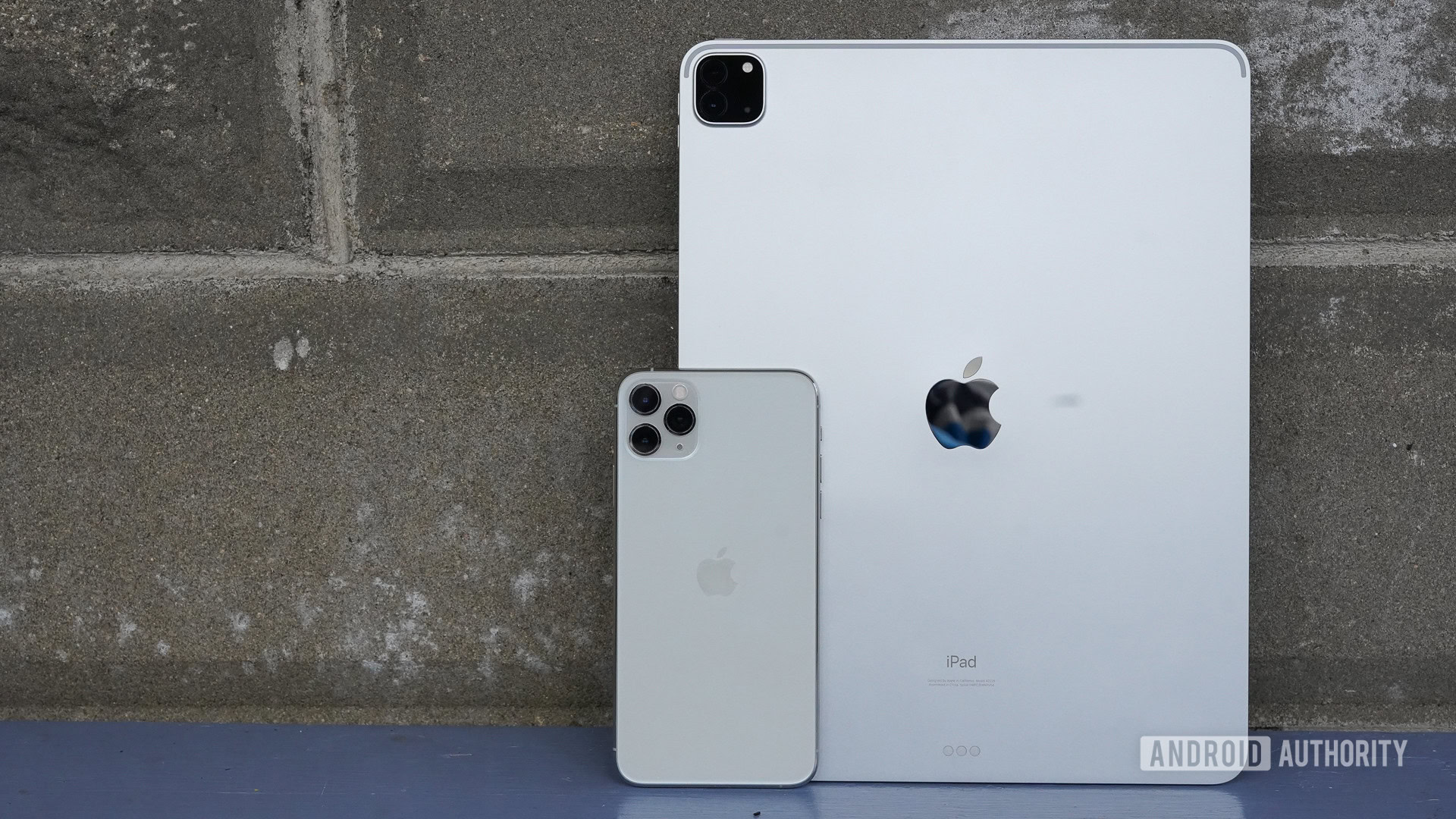
iPadOS gets all the key iOS features, but a few features set it apart from the mobile operating system. Here are some of the important iPadOS features.
Multitasking
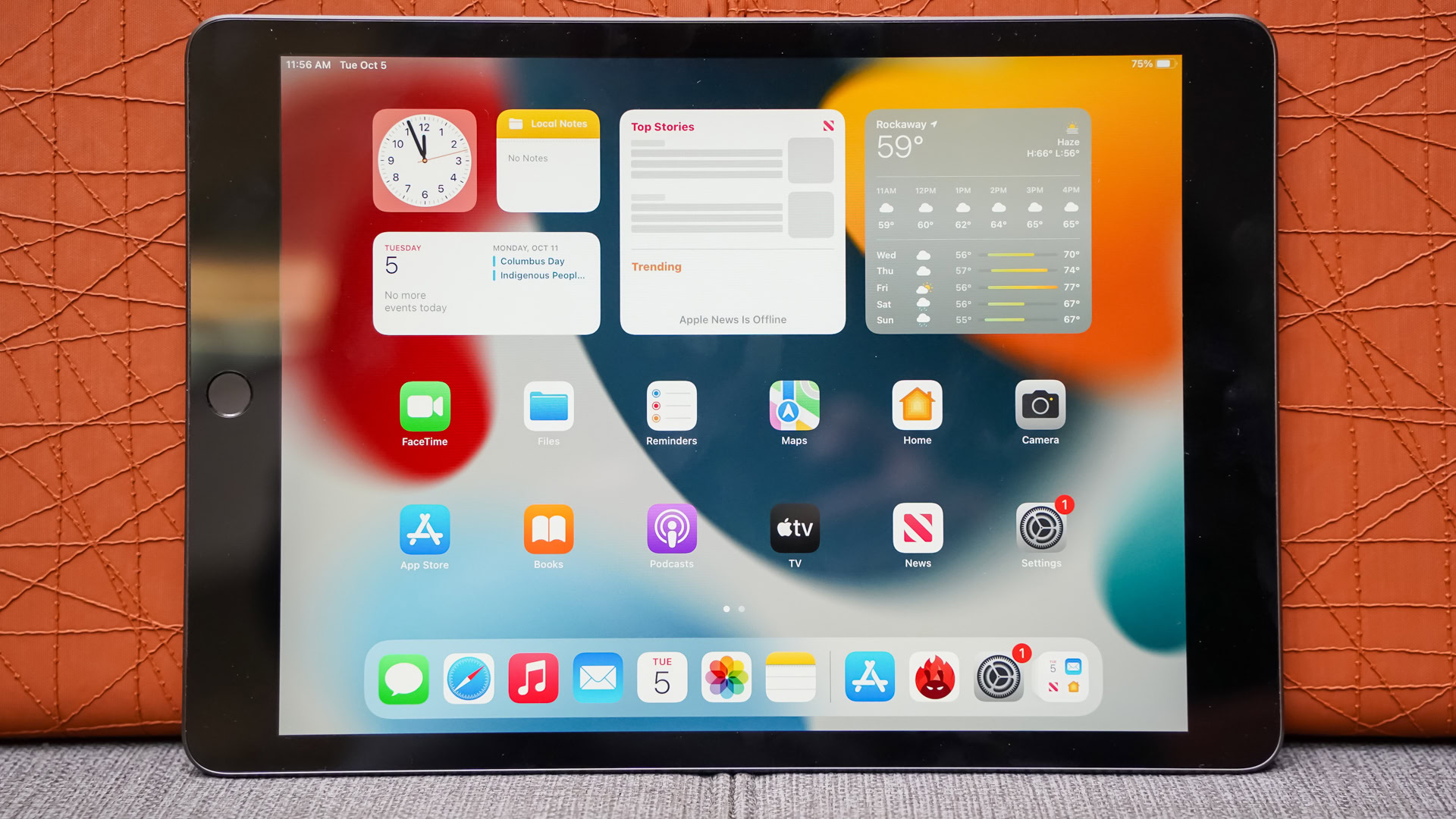
Multitasking is the most significant change in iPadOS from iOS. There’s the basic Split View to have two apps open side-by-side. Additionally, you get a Slide Over feature that lets you keep a third app on the screen in a floating window, and stack other apps to cycle between the apps. You can also have multiple instances of an app open and use the App Exposé feature to list all instances.
This isn’t the same level of multitasking that you get with a desktop OS. However, it’s a definite improvement over the basic iOS multitasking features.
File management
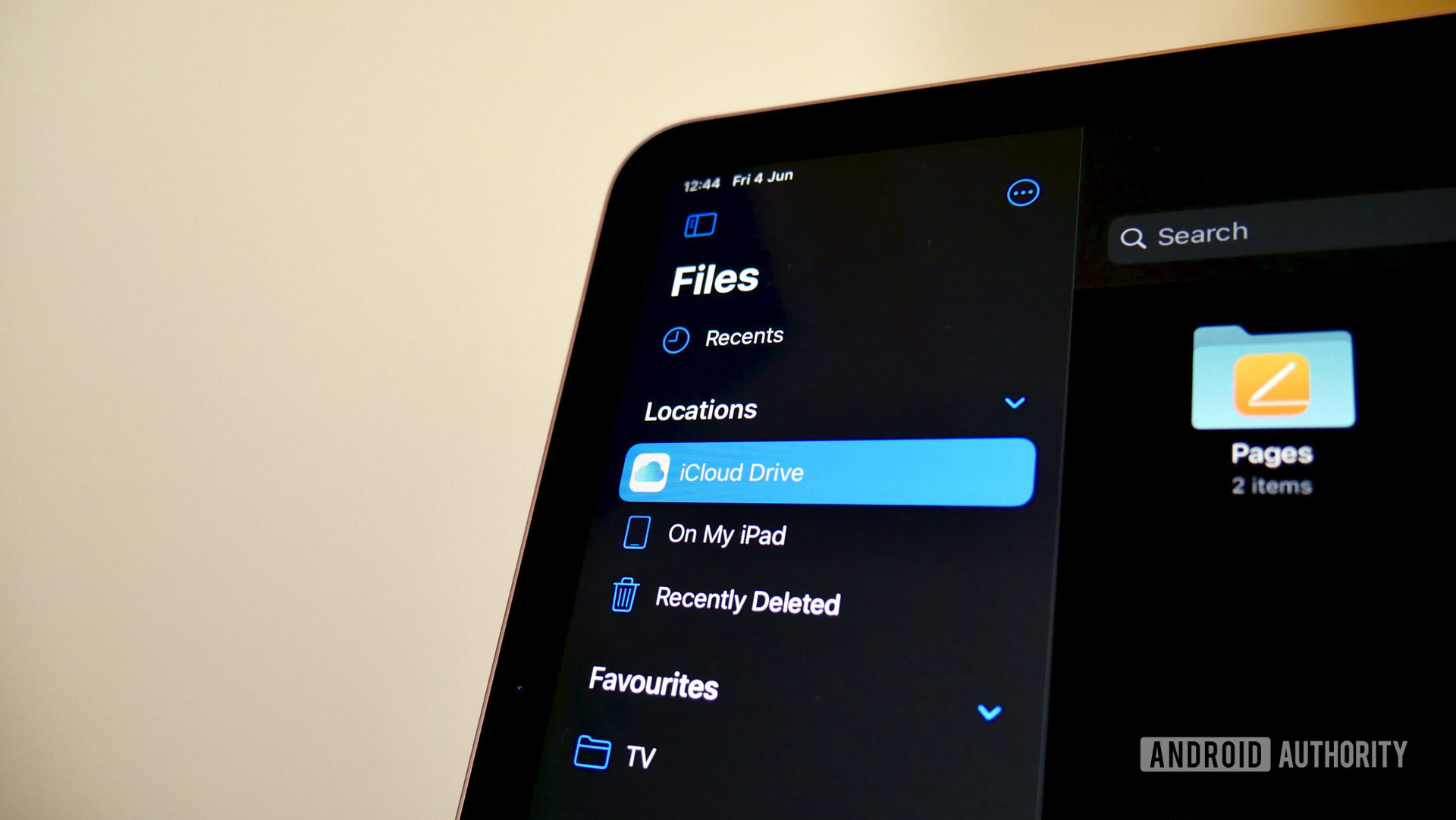
iOS has historically had nearly little to no file management, but the Files app has been steadily changing that. The iPadOS Files app gets a few improvements over the iOS one. The latest iPadOS 15 update brought a few features from the macOS Finder app to the Files app. This includes the ability to group files and folders, drag and drop support, and a marque tool for file selection with trackpad/mouse, to name a few.
Multiple iPad models also have USB-C support now, and the Files app has added file transfer progress indicator and read-only support for NTFS.
Home screen and Widgets
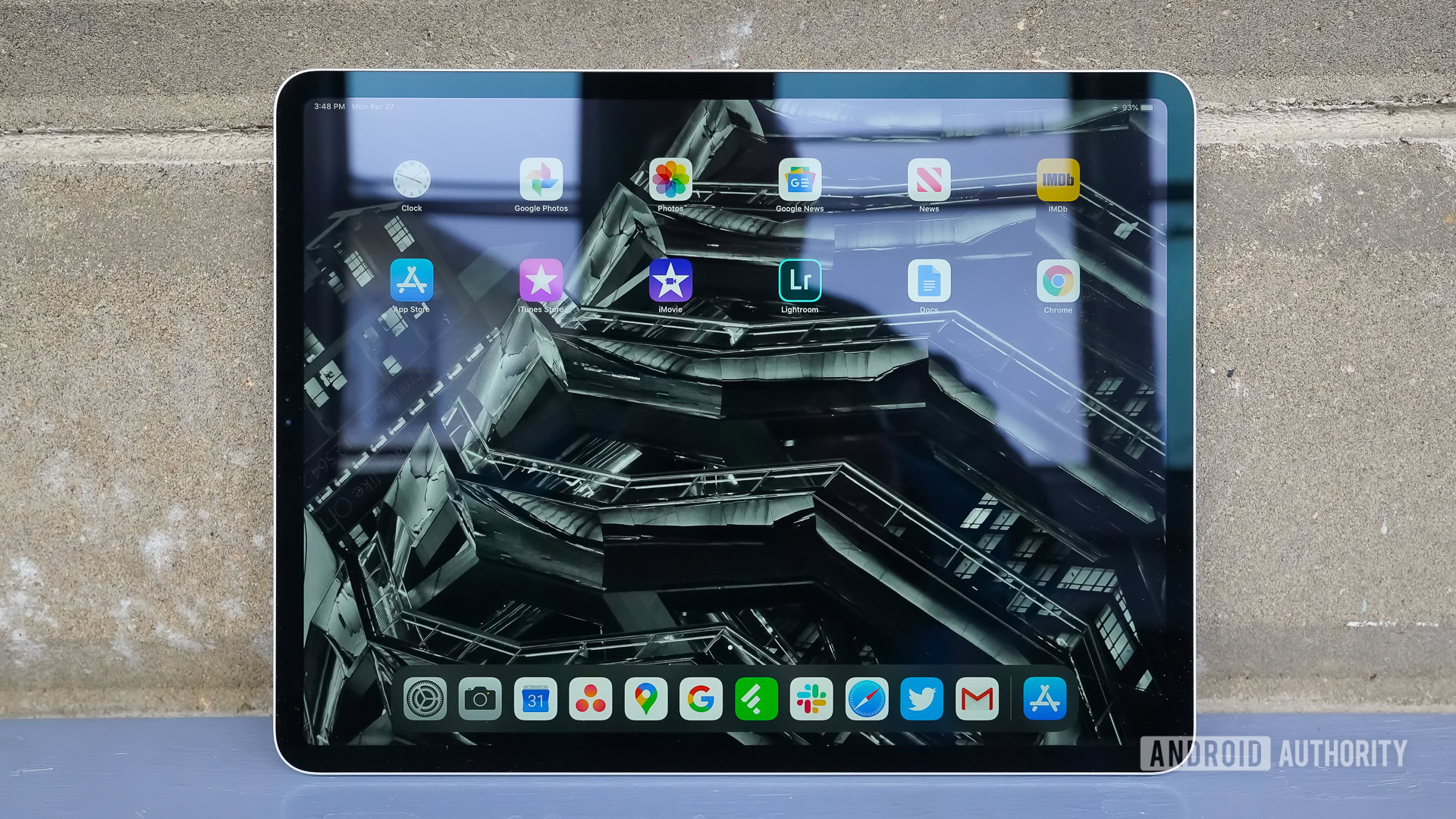
The home screen on iPadOS lets you pick whether you want a spacious app layout or a more compact one. You can add up to five rows and six columns of apps. Widgets have been a part of iPadOS since the first version, but with version 15, Apple brought them to iOS as well.
iPadOS 15 will let you stack Widgets anywhere on the screen, instead of just one side of the home screen — a feature it shares with iOS.
Mouse, keyboard, and Apple Pencil support
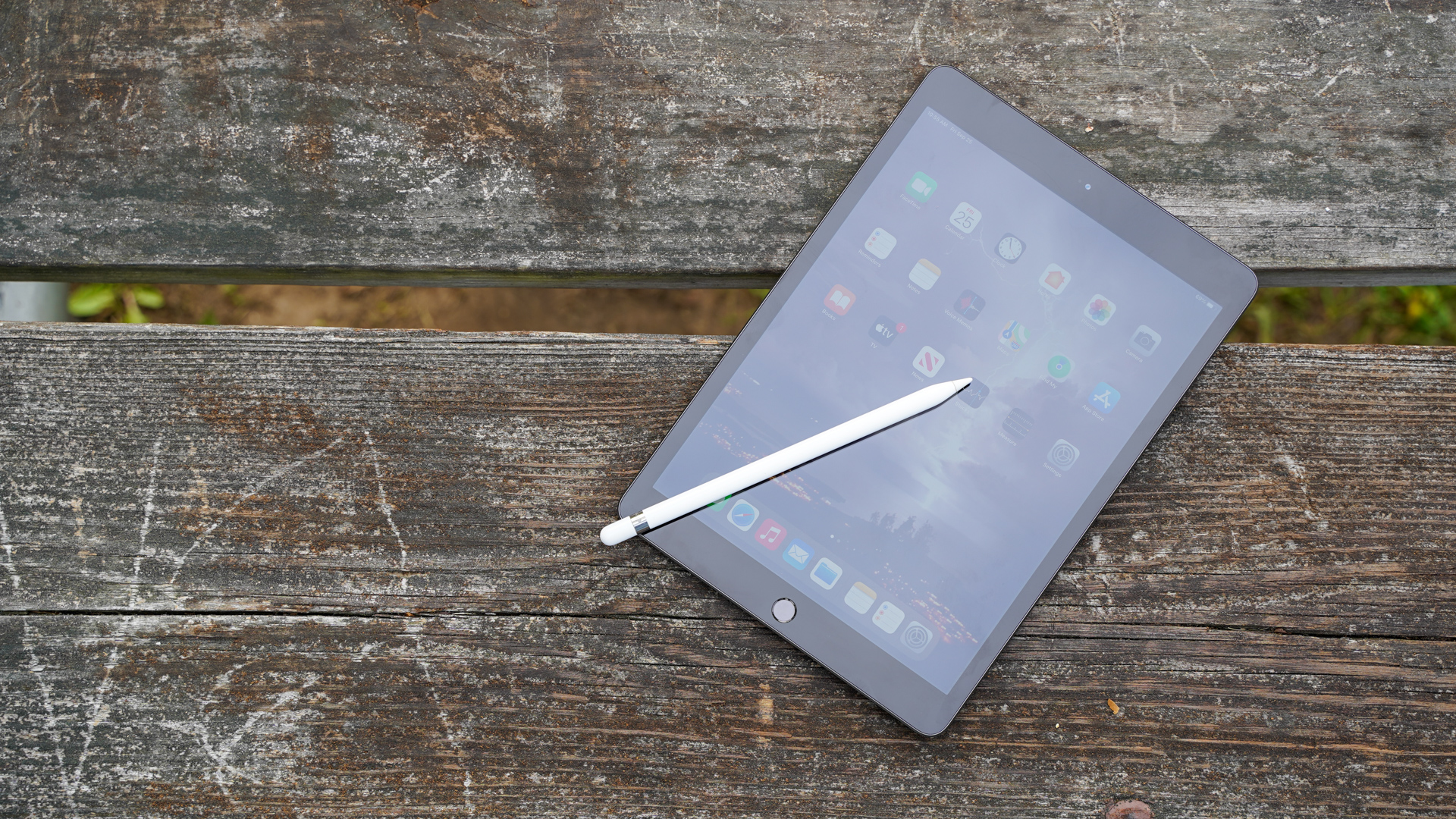
Mouse, keyboard, and Pencil support also sets iPadOS apart from iOS. Apple Pencil support is exclusive to iPadOS, and you now get Scribble — a handwriting-to-text feature. Mouse and Keyboard support is available on iOS, but iPadOS gets vastly superior support due to first-party accessories being available.
Mouse support on iPadOS will not get you a regular pointer cursor but a round assistive cursor that snaps to screen elements to aid navigation. Keyboard shortcuts kick in when you connect a keyboard for a better user experience.
Sidecar
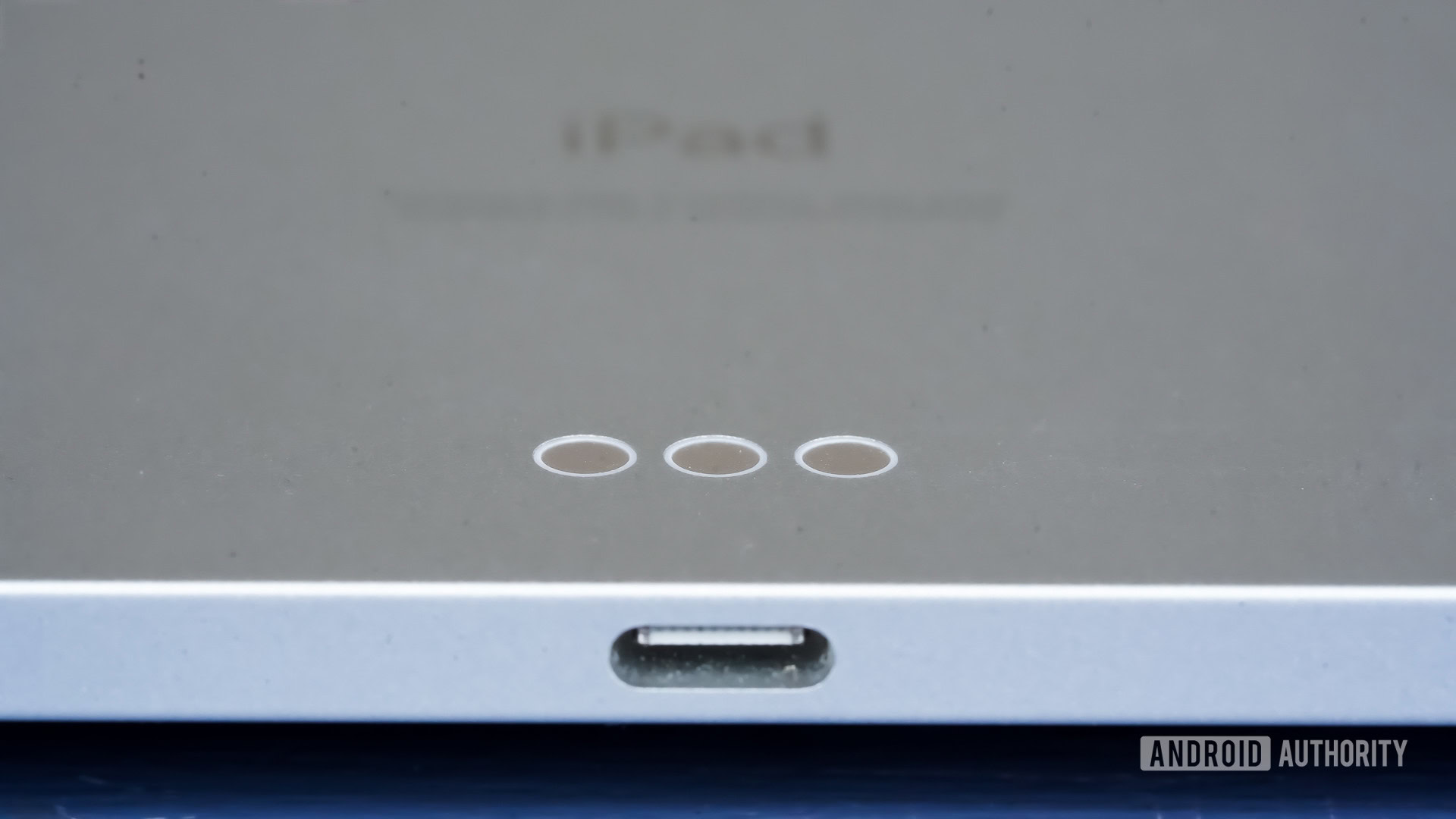
Sidecar is a way to use a supported iPad as a second monitor for a macOS device. The key feature here is that Sidecar will let you use an Apple Pencil to interact with macOS. This is especially useful if you’ve bought into the Apple ecosystem and use your setup for creative work.
Apps and app features
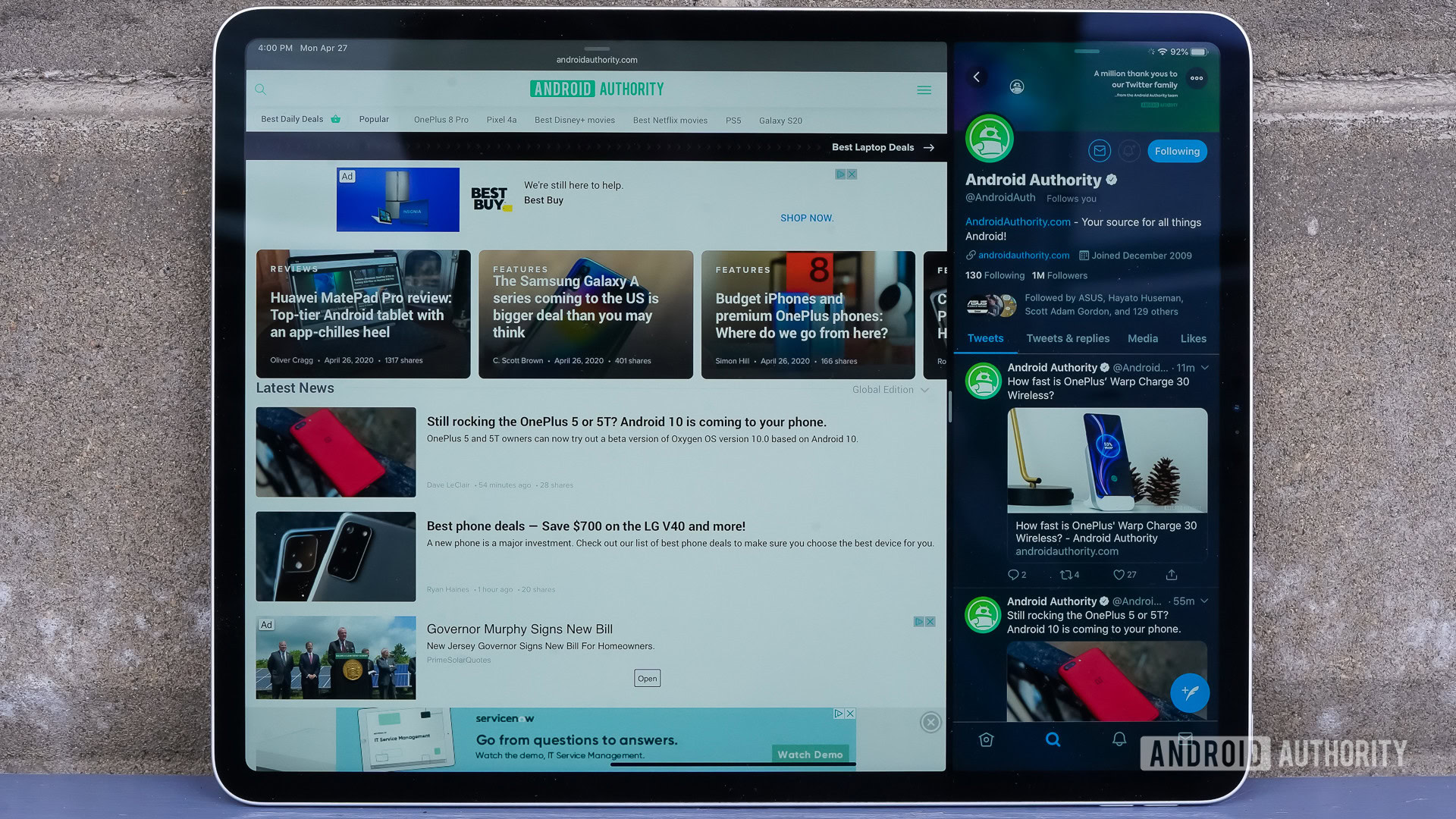
There are some app-specific features limited to iPadOS. For example, Safari on iPadOS behaves like a desktop browser in some ways, loading desktop versions of websites by default, and having a proper download manager. Additionally, some third-party apps like Photoshop have separate versions for iPadOS.
Similarly, apps like Instagram are simply the iOS version made available for iPadOS, and therefore don’t work very well.
iPadOS vs Chrome OS
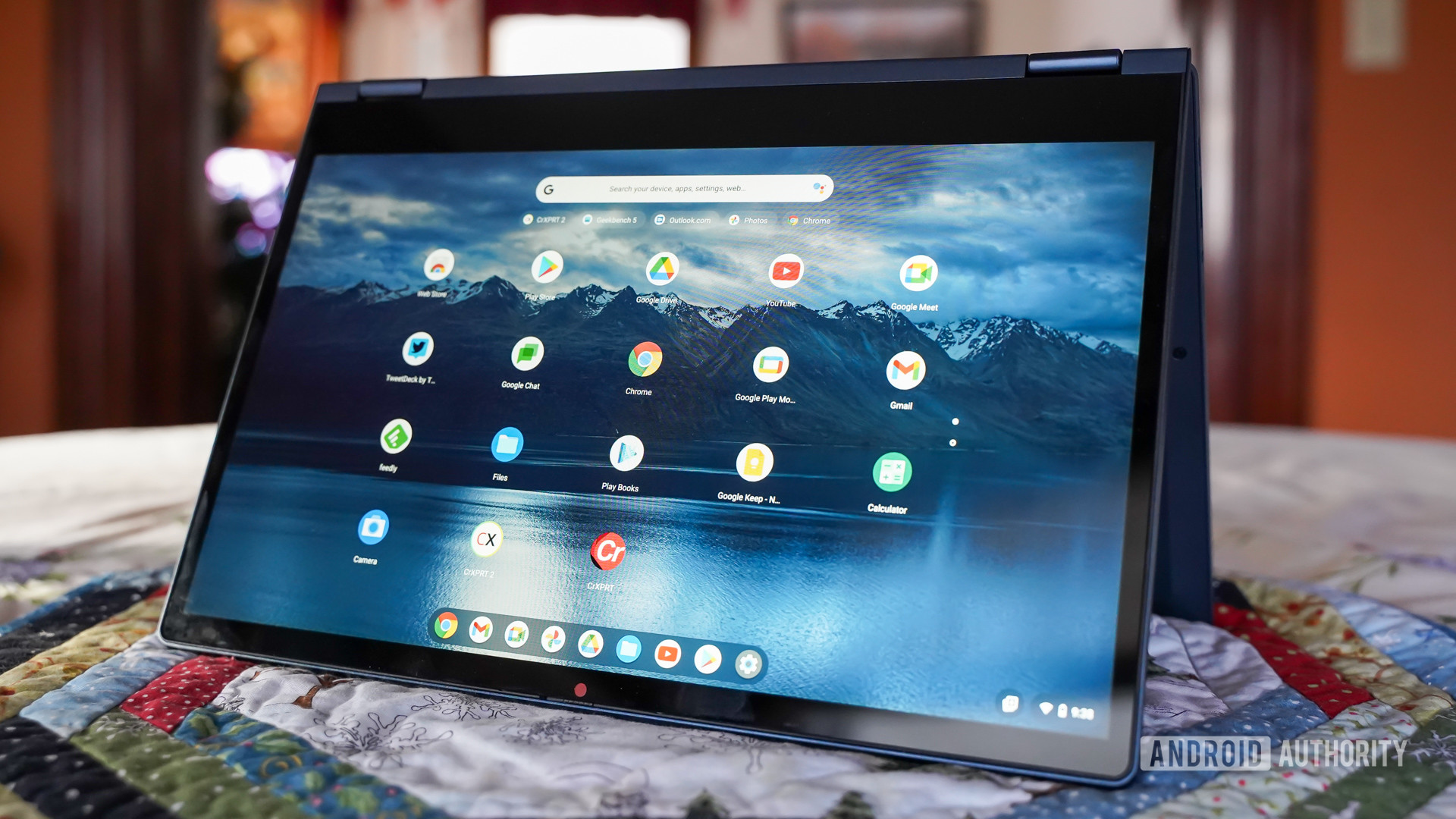
The iPad is a very popular portable computing machine. It has become an excellent alternative for people looking for computing devices that aren’t laptops. Chromebooks also operate in the same category, with both these devices gaining popularity for education and home use. As such, iPadOS competes directly with Chrome OS.
iPadOS and Chrome OS differ in one key aspect — iPadOS is a touch-focused OS, while Chrome OS focuses on a more desktop-like environment. That’s not to say it’s not good on touch devices, of course. Chromebook tablets/detachables and two-in-one devices are quite common, and they function rather well. iPadOS has the advantage with Apple Pencil support, however. Chrome OS stylus implementations haven’t received nearly as much success.
App libraries for both platforms are impressive, but Chrome OS gives you more options. With iPadOS, you have the App Store catalog. Chrome OS offers you its own set of apps, Android apps via the Google Play Store, and the ability to install full Linux apps. iPadOS has a conservative approach to how many desktop-like features it brings in. Chrome OS, however, goes all-in.
iPadOS is likely to get more such features in the coming years, but it’s unlikely Apple will turn it into a full-fledged desktop OS.
Also read: Chromebook vs iPad — Which is best for you?
iPads that support iPadOS
All iPads released after the release of iPadOS back in September 2019 run on iPadOS. Here are the iPads you can currently buy that support iPadOS.
iPad (9th Gen, 2021 model)
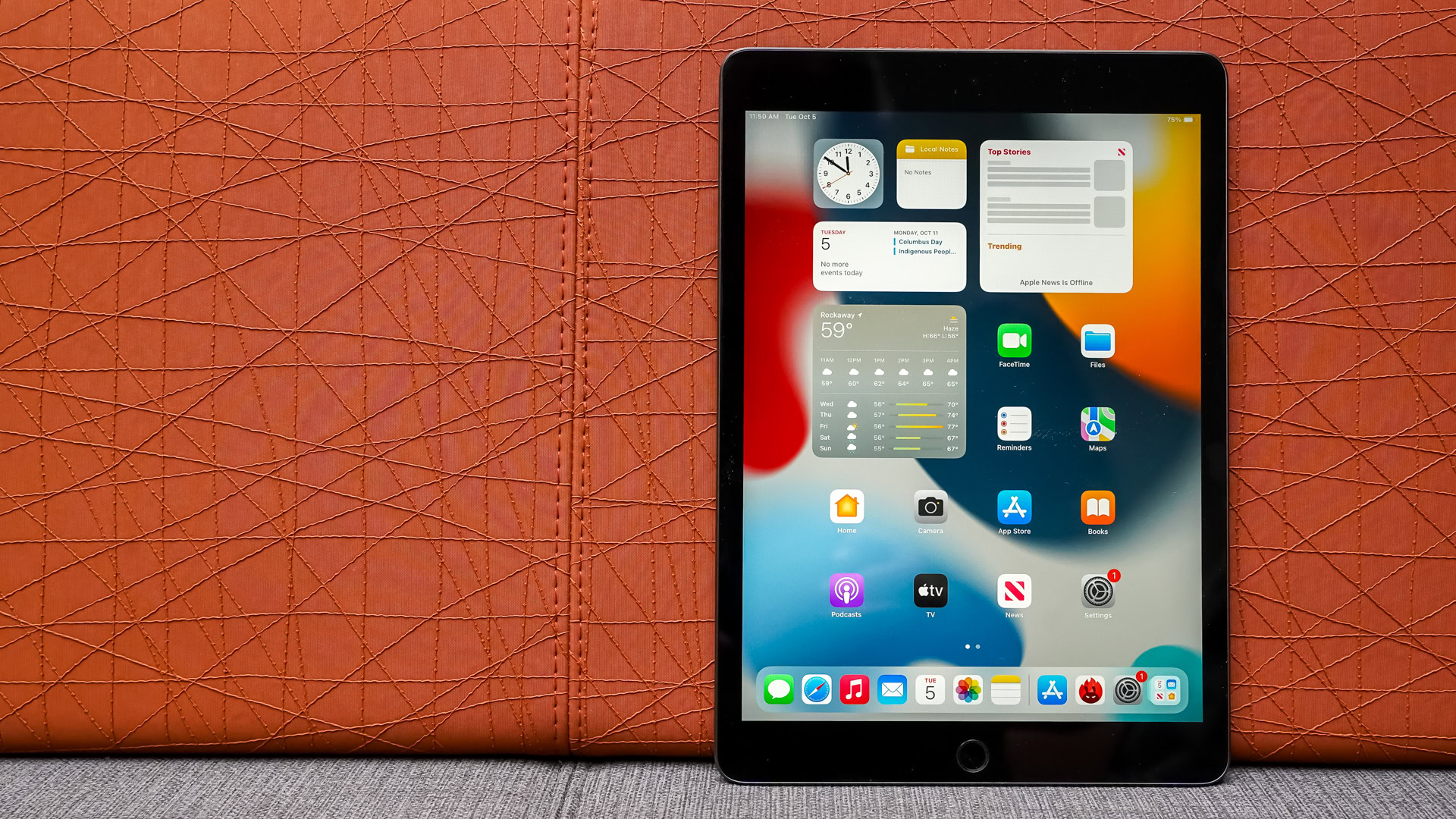
The baseline iPad has been updated in 2021, and it still packs in some stellar value for money. It’s the most affordable iPad, coming in at $329. It doesn’t get the fancy features, but it still supports the first-gen Apple Pencil, and ships with the latest iPadOS 15 right out of the box. As we said in our Apple iPad (2021) review, this one doesn’t have any real competition.
iPad Air (4th Gen, 2020 model)
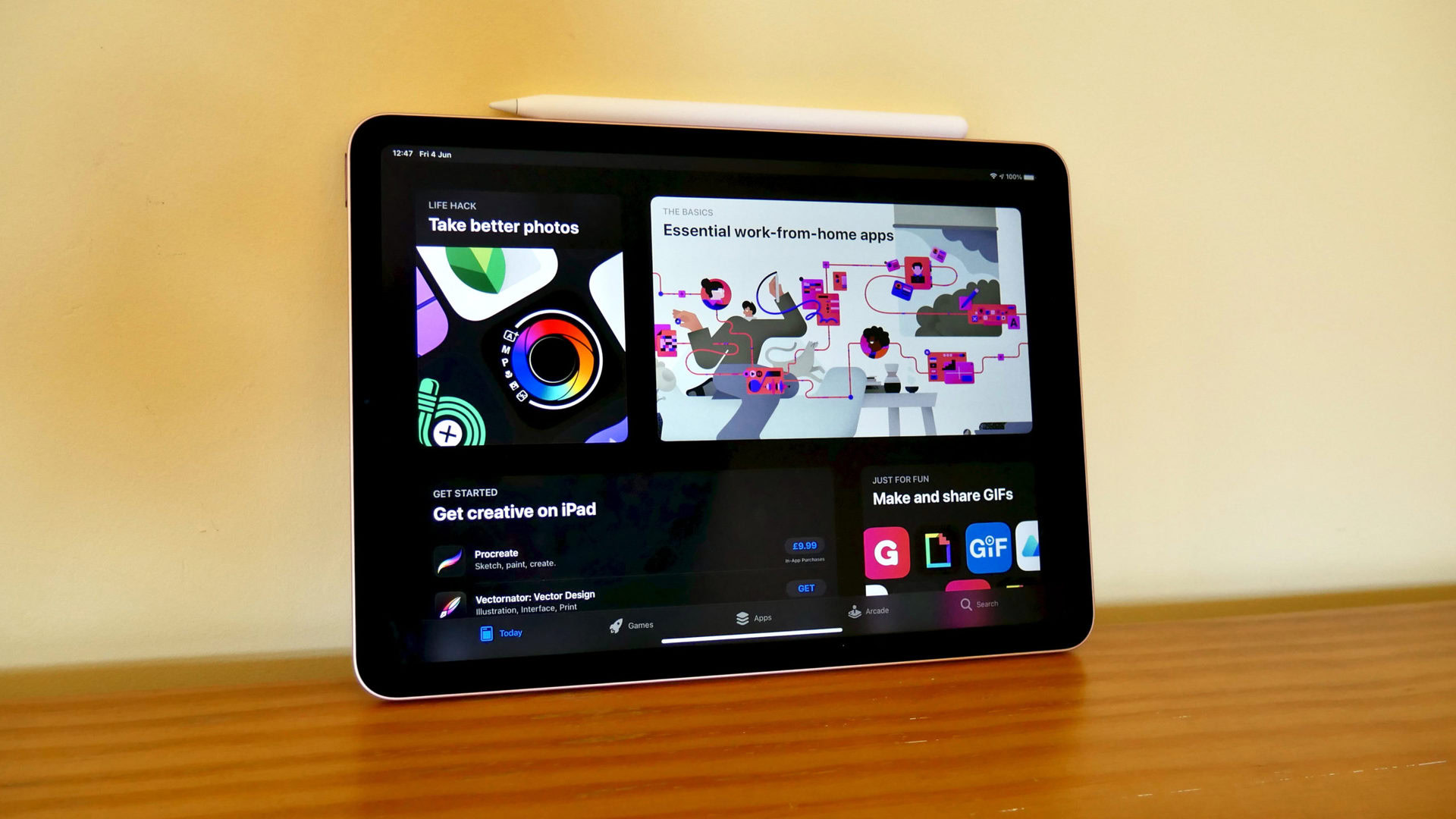
iPad Air got a huge refresh in 2020 after many years, and has been a hit. The updated iPad Air is now the most balanced iPad you can buy. It brings in the new design and great specs, while keeping the starting price a modest $599. It shipped with iPadOS 14, and since then has been updated to iPadOS 15.
It gets the full spectrum of the file management features in iPadOS, thanks to its USB-C port. As our Apple iPad Air (2020) review says, this is the tablet for everyone.
iPad Mini (6th Gen, 2021 model)
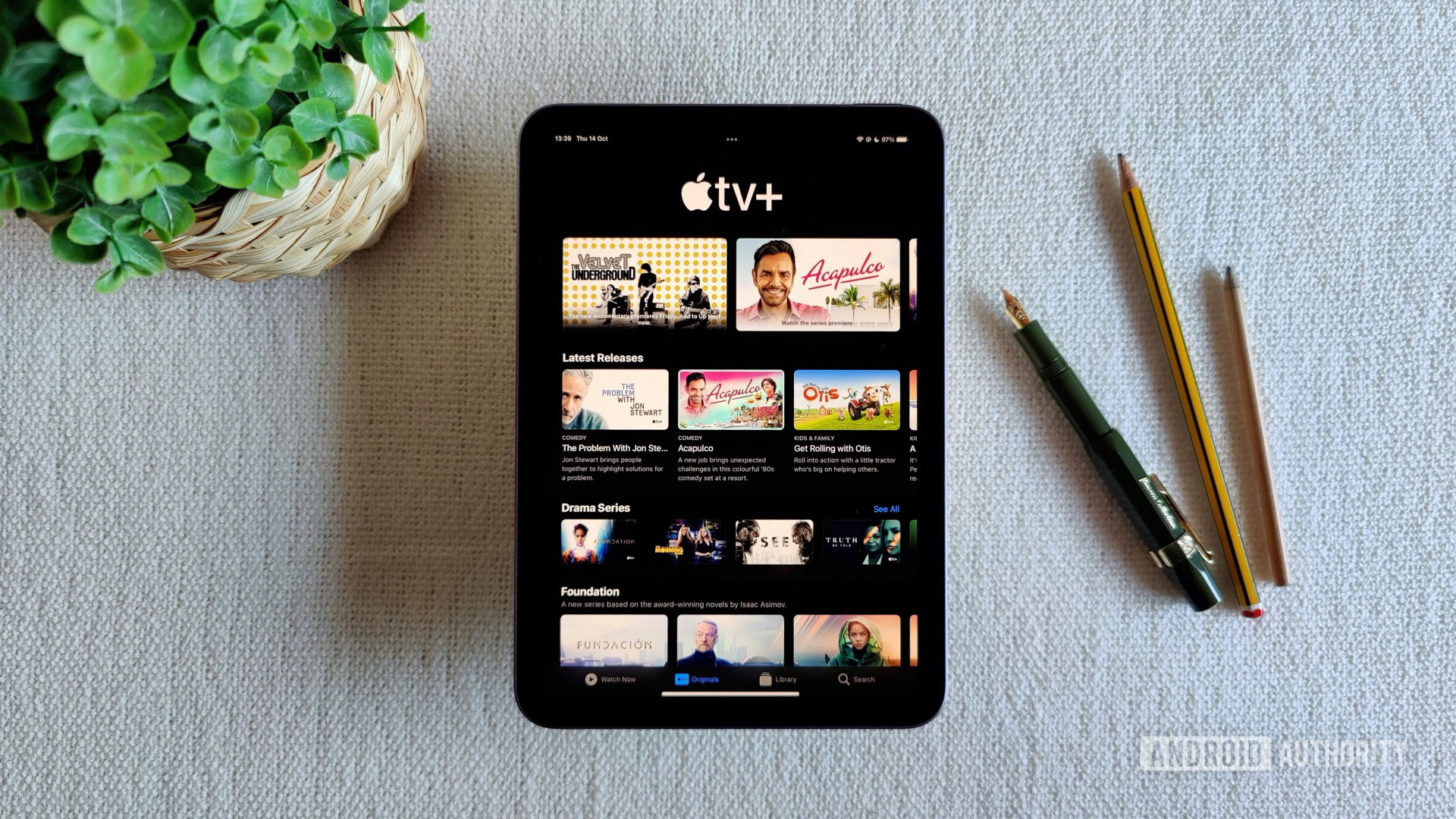
iPad Mini is the latest iPad to get the updated design treatment. It’s the smallest iPad you can buy, and it gets all the iPadOS goodness, despite its small form factor. It also comes with a USB-C port, which means iPadOS will also give you all the file management features.
The new iPad Mini also supports the second-generation Apple Pencil, and comes with iPadOS 15 right out of the box. In our Apple iPad Mini (2021) review, we called it the best small tablet on the market.
iPad Pro 11-inch (3rd Gen, 2021 model)
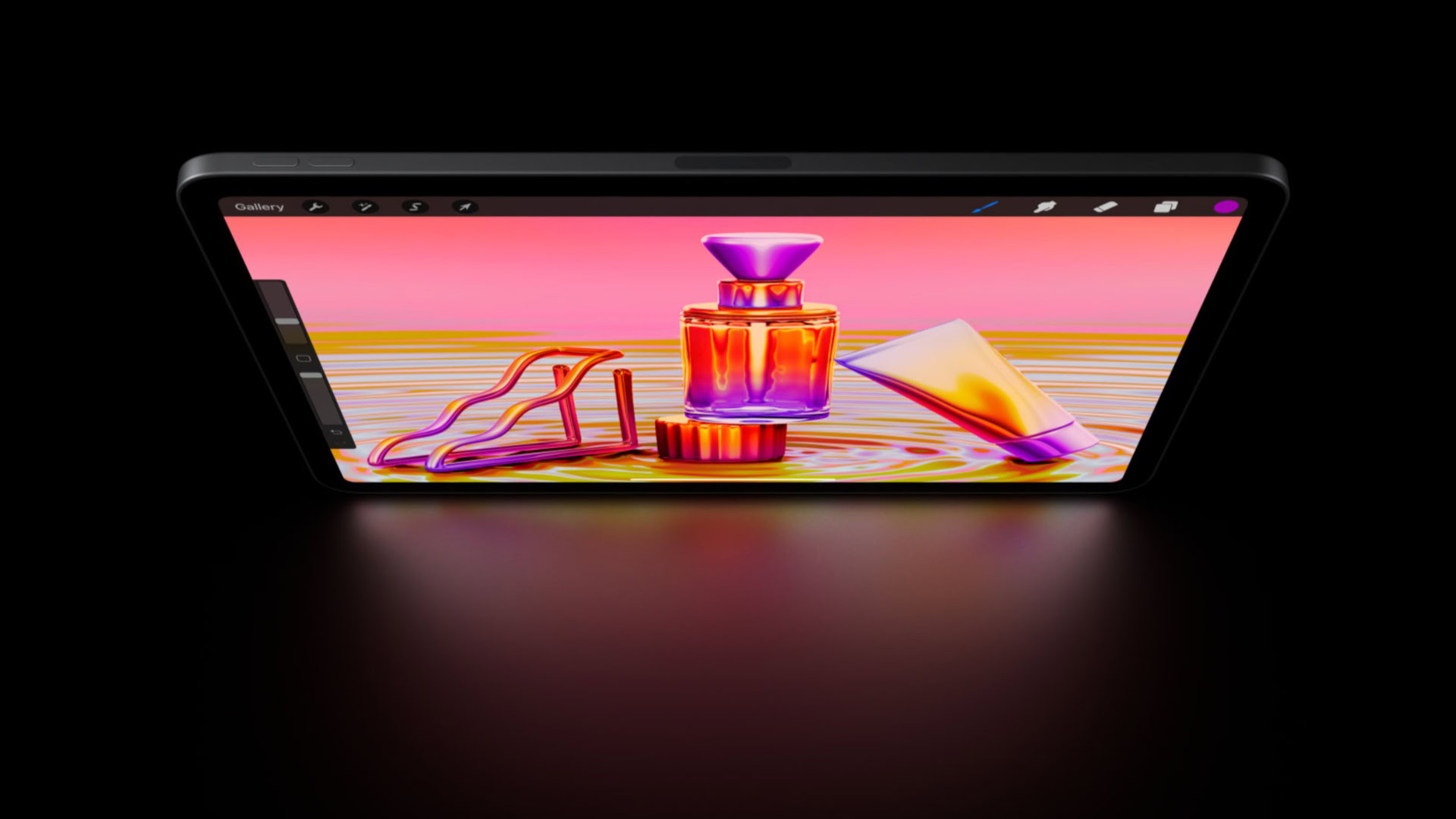
iPad Pro has been a great tablet from the first iteration itself, and the 2021 refresh has been no different. The new 11-inch iPad comes with iPadOS 15, and a Liquid Retina display with adaptive 120Hz refresh rate, also known as ProMotion. It also gets USB-C with Thunderbolt, and most notably, Apple’s M1 chip for greater-than-ever performance.
iPad Pro 12.9 inch (5th Gen, 2021 model)
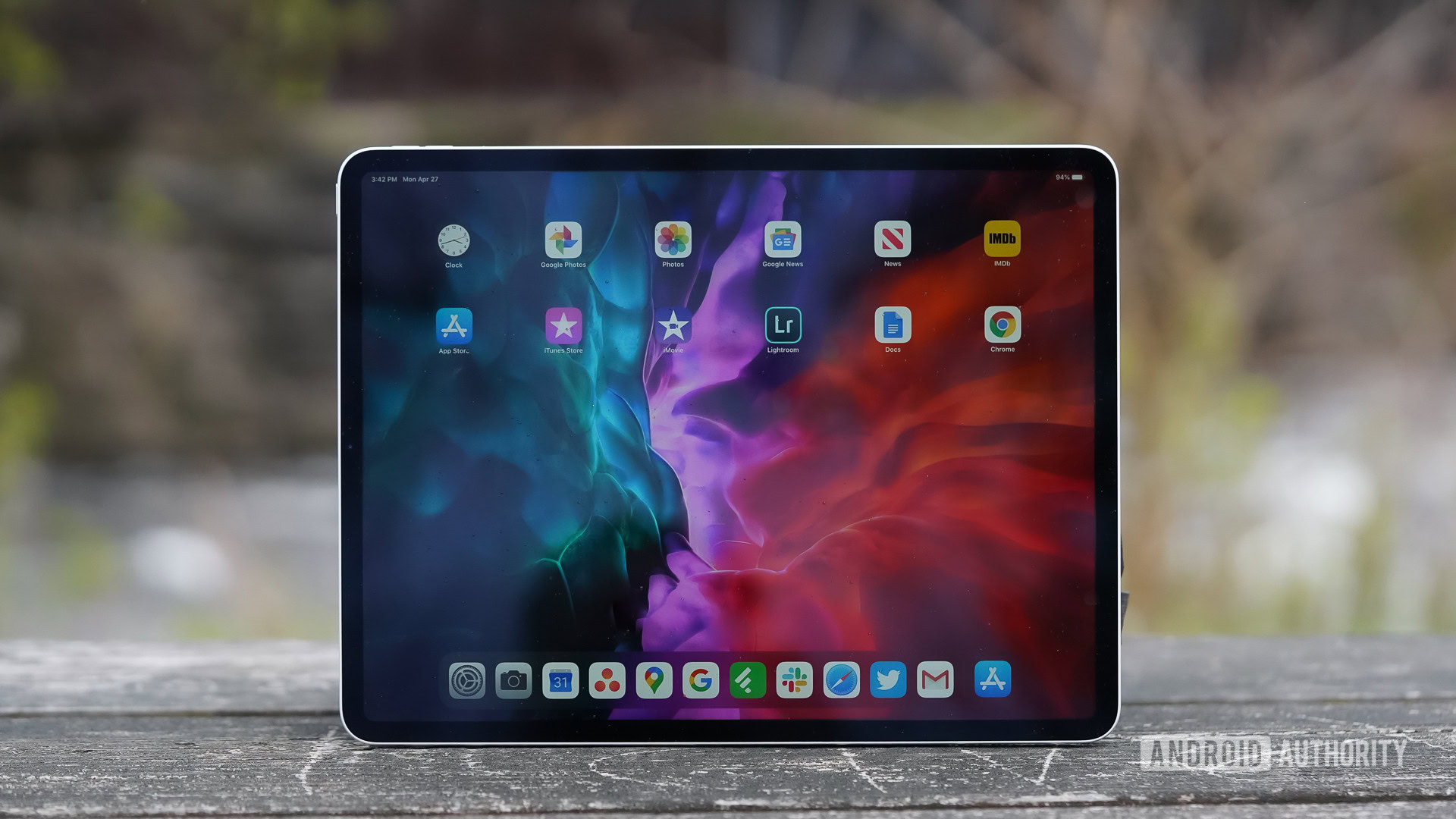
The 12.9-inch iPad Pro also got a refresh in 2021, and carries all the goodness the 11-inch model does. It also gets the Apple M1 chip and second-gen Apple Pencil support. The biggest difference is the display, which is not only bigger, but actually a Liquid Retina XRD display, which uses Mimi-LED technology. We reviewed the last iPad Pro 12.9-inch in 2020, and the 2021 model makes for an even better offering, giving you the best of iPadOS.
Newer iPad models that support iPadOS
- iPad 9.7-inch 5th Gen
- iPad 9.7-inch 6th Gen
- iPad 10.2-inch 7th Gen
- iPad 10.2-inch 8th Gen
- iPad Air 2
- iPad Air 3rd Gen
- iPad mini 4
- iPad mini 5th Gen
- iPad Pro 9.7-inch
- iPad Pro 10.5-inch
- iPad Pro 11-inch
- iPad Pro 11-inch 2nd Gen
- iPad Pro 12.9-inch
- iPad Pro 12.9-inch 2nd Gen
- iPad Pro 12.9-inch 3rd Gen
- iPad Pro 12.9-inch 4th Gen
Frequently Asked Questions (FAQ)
Q: Will iPadOS work on all iPads?
A: No, iPadOS doesn’t work on all iPads, but it does run on most iPads, except for some really old first-generation models. Check out the full list of supported iPads above.
Q: Will iPadOS work on an iPhone?
A: No, iPadOS is exclusive to iPads, and won’t work on an iPhone.
Q: Can an iPad run macOS?
A: No, an iPad cannot run macOS. Apple has even released an iPad Pro that runs on the same M1 processor found in some of its MacBooks, but it still runs on iPadOS and not macOS.
Thank you for being part of our community. Read our Comment Policy before posting.